Aesthetic Appeal
Aesthetic appeal plays a crucial role in the Timber Cladding Market, as architects and designers seek materials that enhance the visual quality of buildings. Timber cladding offers a natural warmth and texture that synthetic alternatives often lack. Market data reveals that properties featuring timber cladding can command higher resale values, indicating a strong consumer preference for this material. The versatility in design, including various finishes and colors, allows for creative architectural expressions. This aesthetic advantage suggests that the Timber Cladding Market will likely see sustained interest from both residential and commercial sectors, as the demand for visually appealing structures continues to rise.
Regulatory Support
Regulatory support is increasingly shaping the Timber Cladding Market. Governments are implementing policies that encourage the use of sustainable materials in construction, including timber cladding. These regulations often include incentives for builders who choose eco-friendly options, thereby stimulating demand. Market data suggests that regions with supportive legislation experience higher growth rates in timber cladding usage. This regulatory environment indicates a favorable outlook for the Timber Cladding Market, as compliance with building codes and sustainability standards becomes more critical in construction projects.
Durability and Longevity
Durability and longevity are pivotal factors influencing the Timber Cladding Market. Timber cladding, when properly treated and maintained, can withstand harsh weather conditions and resist decay, making it a long-term investment for property owners. Market analysis indicates that treated timber cladding can last for decades, reducing the need for frequent replacements. This durability not only appeals to builders looking for cost-effective solutions but also aligns with the growing trend of sustainable construction practices. As the Timber Cladding Market evolves, the emphasis on durable materials is likely to drive further adoption, particularly in regions with extreme climates.
Technological Innovations
Technological innovations are transforming the Timber Cladding Market by enhancing product performance and application methods. Advances in treatment processes and manufacturing techniques have improved the durability and aesthetic qualities of timber cladding. For instance, new finishes can enhance resistance to weathering and pests, making timber a more viable option for various climates. Market data shows that the introduction of engineered wood products is expanding the range of applications for timber cladding, allowing for greater design flexibility. This trend suggests that ongoing technological advancements will likely propel the Timber Cladding Market forward, as they meet evolving consumer demands.
Sustainability Initiatives
The Timber Cladding Market is experiencing a notable shift towards sustainability initiatives. As environmental concerns gain prominence, consumers and builders increasingly prefer timber cladding due to its renewable nature and lower carbon footprint compared to synthetic materials. The market data indicates that timber cladding can sequester carbon, making it an attractive option for eco-conscious projects. Furthermore, regulations promoting sustainable building practices are likely to bolster demand for timber cladding, as it aligns with green building certifications. This trend suggests that the Timber Cladding Market may continue to grow as more stakeholders prioritize environmentally friendly materials in construction.


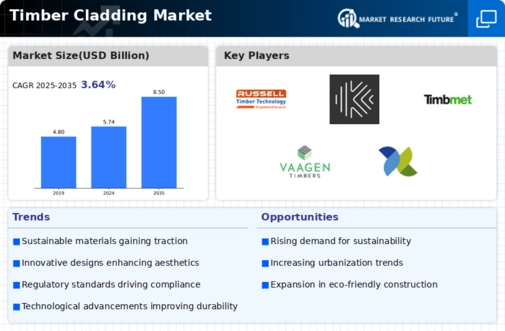
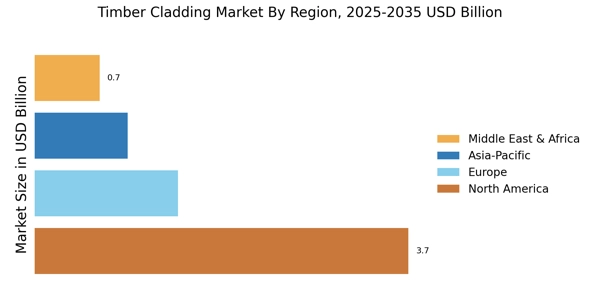
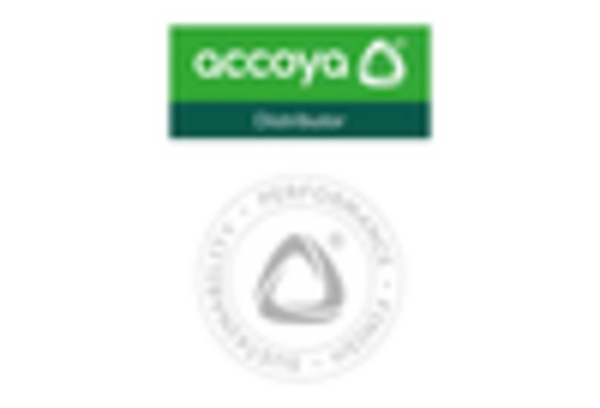
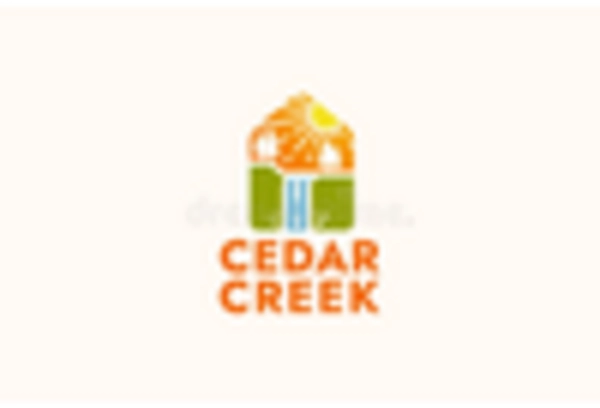
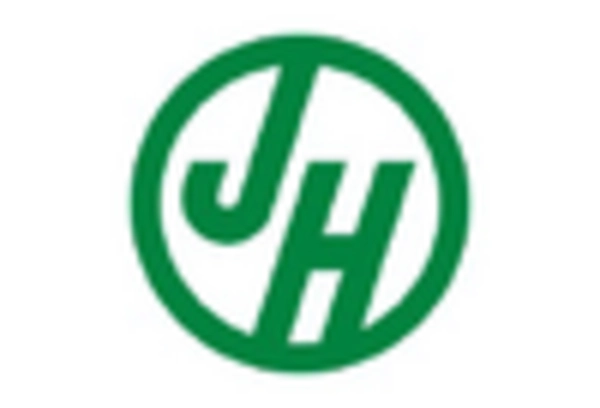
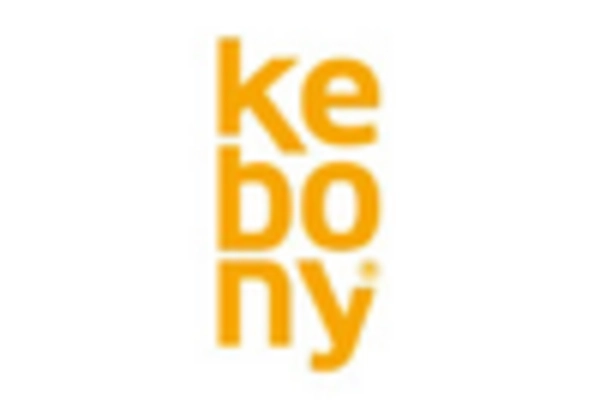
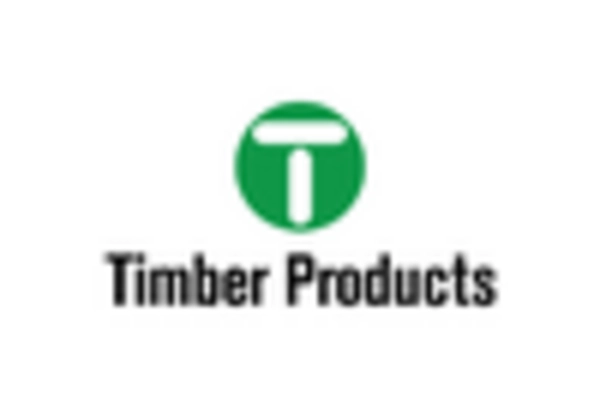









Leave a Comment